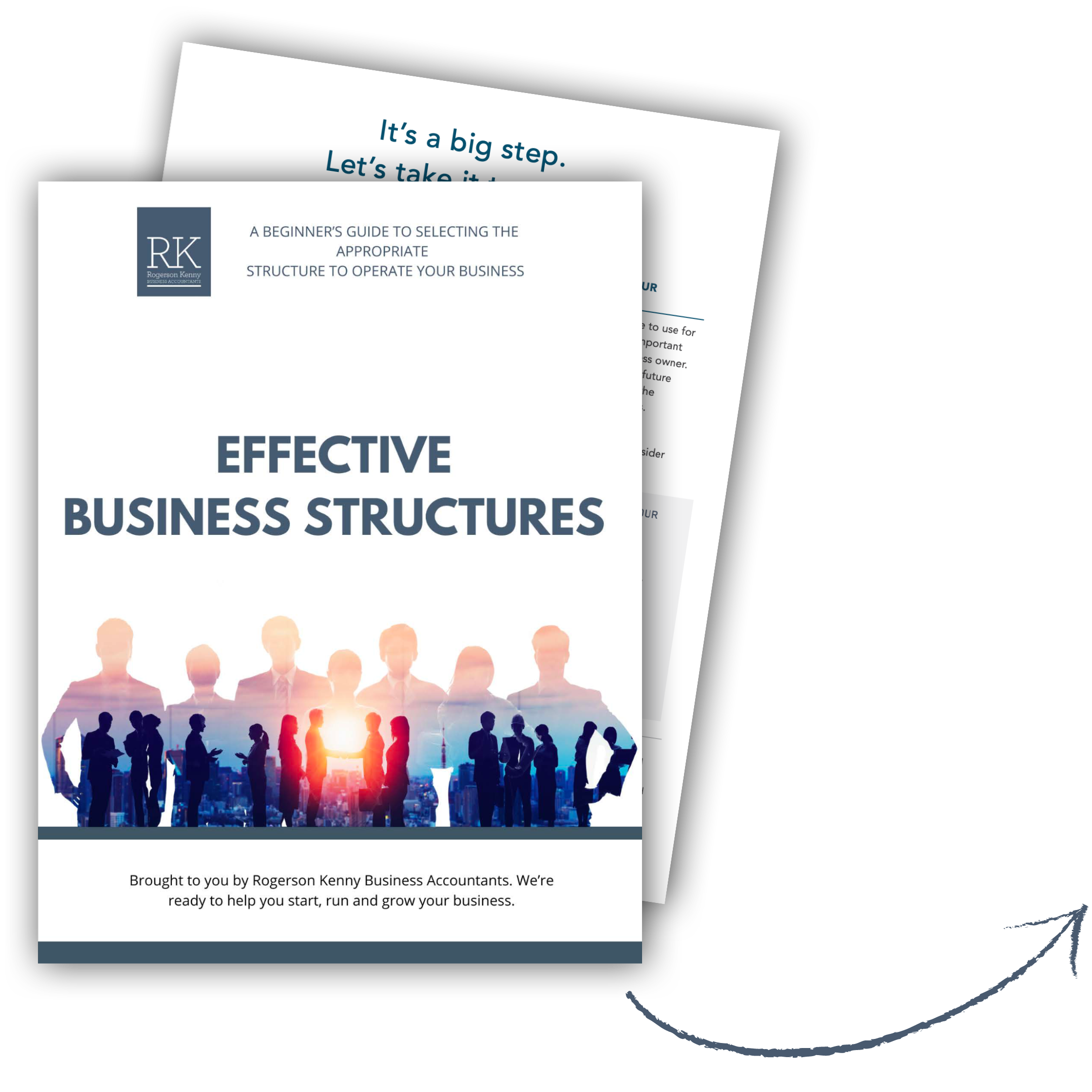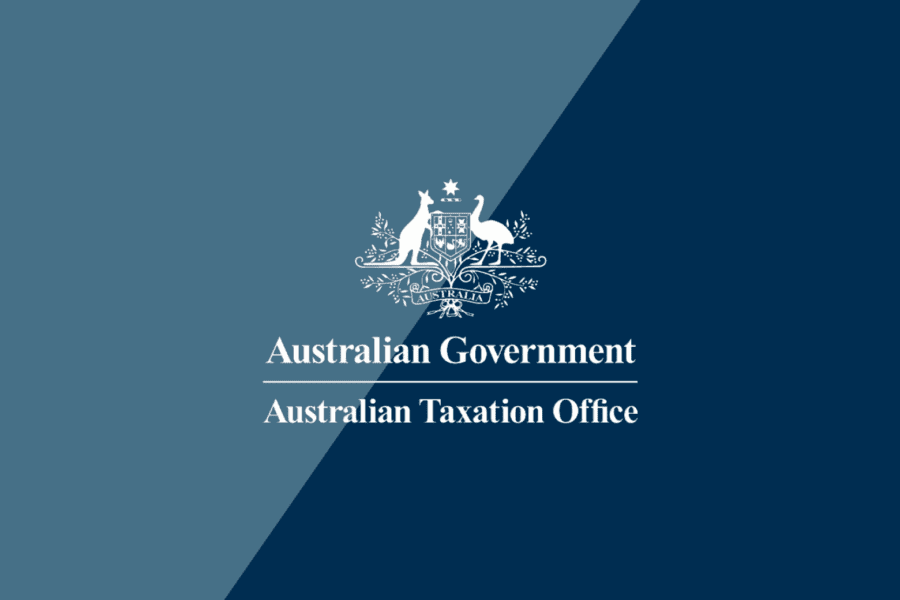Setting up a Family Trust in Australia can be a strategic move for managing and protecting your assets. Whether you’re looking to safeguard investments or structure your family’s financial affairs, a Family Trust offers numerous benefits, including asset protection, tax efficiency, and flexibility in wealth distribution. At Rogerson Kenny Business Accountants, we provide expert advice and assistance to help you establish the ideal Family Trust for your needs. Here’s a step-by-step guide to setting up a Family Trust in Australia:
Step 1: Choose the trustee of the Family Trust
All Family Trusts need a trustee. A trustee can be a natural person (or persons) or can be a company (we almost always recommend a company).
The trustee of a Family Trust in Australia is responsible for managing the Family Trust and ensuring that it is managed in accordance with the trust deed of the Family Trust and the law. You can choose to appoint an individual(s) as trustee, or you can appoint a corporate trustee (which is a company). A company is by far, the preferred option to be a trustee, as it is of infinite life and provides excellent asset protection and separation between risk and personally held assets.
A trustee company will need a Director (at least one) and shareholder. The trustee owns the assets on trust for the Family Trust and makes decisions in accordance with the trust deed and in the best interests of the beneficiaries of the Family Trust. You need to think of the trustee and trust relationship like a guardian / child relationship.
Step 2: Establish the Trust Deed, select your beneficiaries and appointor for the Family Trust
The trust deed of a Family Trust is a legal document that sets out the terms of the Family Trust, including naming the beneficiaries, the powers and duties of the trustee, who the trustee is, the appointor and settlor of the Family Trust.
Some key items that will be included in the Family Trust, trust deed:
- How income is defined;
- When the term of the trust will end. In Victoria, a Family Trust must cease after 80 years
- Who the beneficiaries are, their entitlements and if and the process to nominate new beneficiaries. Typically a trust deed will nominate “Primary Beneficiaries” and then classes of beneficiaries are nominated, such as “the spouse of”, “the children of”, the primary beneficiary, etc;
- When distributions of income and capital can be made and if there are different beneficiaries for income and capital (usually this is not the case);
- Who the appointor is;
- How the trustee is appointed or removed;
- Whether the terms of the trust can be varied;
- The types of investments the trust can make;
- Whether foreign beneficiaries are excluded from distribution of income and capital;
Step 3: Settle the Trust
For a trust to exist, it needs property, and the role of the settlor is to settle the Family Trust with property, usually a sum of money, say $50. The settlor should be unrelated to the Family Trust and beneficiaries and should not be a beneficiary of the family trust. A settlor cannot benefit from a Family Trust they establish and if for some reason they do, the Family Trust can be void.
Step 4: Trustee Signs the Trust Deed
The trustee needs to sign the trust deed and in doing so, acknowledges the terms of the trust deed. The trustee should read and understand the trust deed and their obligations.
Step 5: Stamping of the Trust Deed
Once the Family Trust has been executed (signed), it may need to be stamped and pay stamp duty to the state revenue office. The stamping fee is usually nominal and typically included in the establishment cost of a Family Trust.
Step 4: Apply for a TFN and maybe ABN
Once the Family Trust has been settled, you’ll need to apply for a Tax File Number (TFN) for the Family Trust. This will enable the trust to lodge tax returns. If the Family Trust will be carrying on business activities, it may need to also apply for an Australian Business Number (ABN) and perhaps register for GST and other government registrations, depending on the use of the Family Trust, for example if it will be employing people, etc.
Step 5: Register for GST (optional)
If the Family Trust is carrying on a business and has a turnover of more than $75,000 per year, it will need to register for Goods and Services Tax (GST). This will enable the trust to collect and remit GST on behalf of the business.
Step 6: Establish Bank Accounts and Record Keeping Systems
The final step in setting up a Family Trust is to establish bank accounts and record-keeping systems for the Family Trust. The trustee will need to keep accurate records of all income and expenses associated with the Family Trust, including any distributions made to beneficiaries.
It is also important to maintain separate bank accounts for the Family Trust, to ensure that the assets of the Family Trust are kept separate from personal assets. We also recommend setting up accounting software, such as Xero to track income and expenses.
Whilst setting up a Family Trust involves several steps and may seem daunting, it is actually a fairly straight forward process that Rogerson Kenny Business Accountants can assist with. The difficult part is assessing if a Family Trust is the best business structure for your situation (which we can also help with). With proper planning and the right support, a Family Trust can provide effective asset protection, tax benefits, and a robust framework for managing your family’s wealth.
For expert assistance with setting up a Family Trust and navigating the complexities involved, contact Rogerson Kenny Business Accountants. Our team is here to guide you through each step, ensuring that your Family Trust is established correctly and tailored to your specific needs.
Get in touch with Rogerson Kenny Business Accountants today for a free initial consultation and start setting up your family trust with confidence!

Effective Business Structures: Your essential guide.
A beginner's guide to selecting the appropriate structure to operate your business
Designed to be thought-provoking, it helps you identify issues and opportunities in each business structure while covering essential operational and performance considerations, all backed by our business advisor insights.

